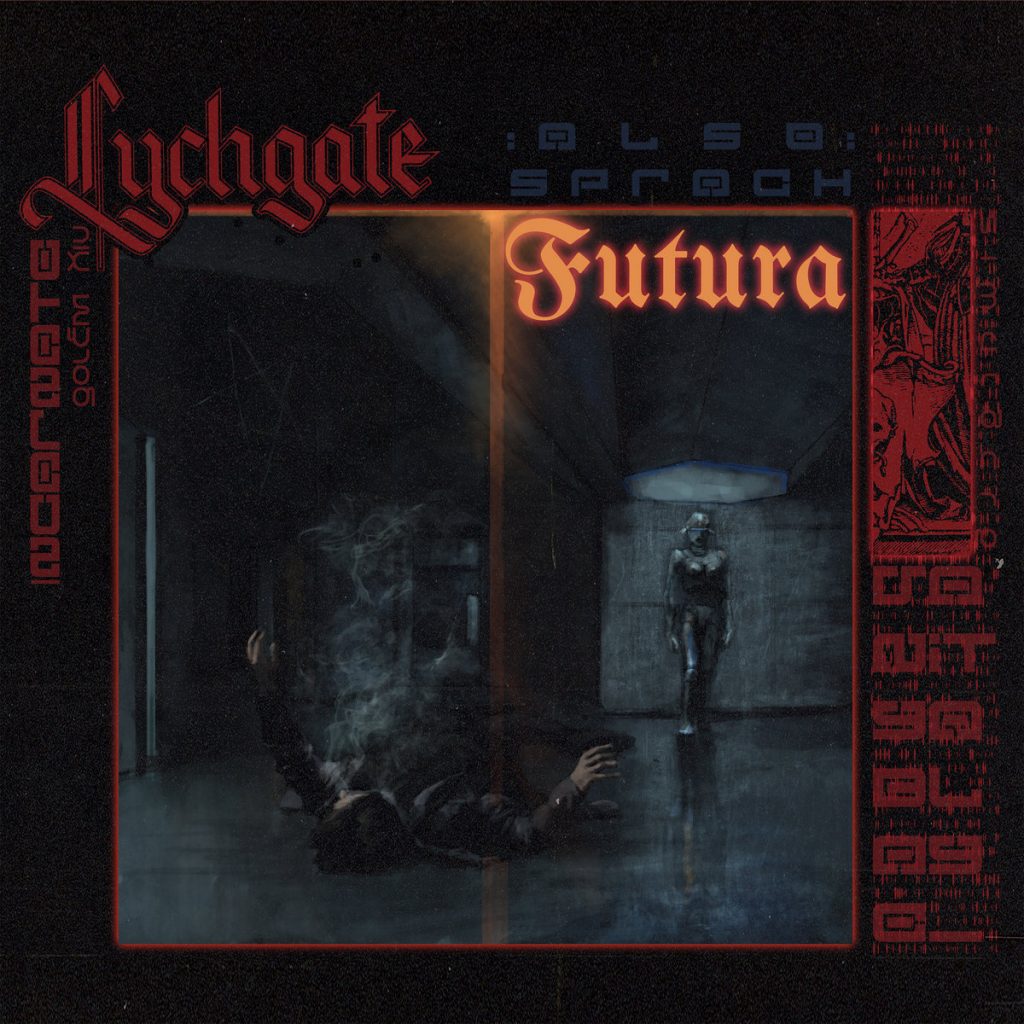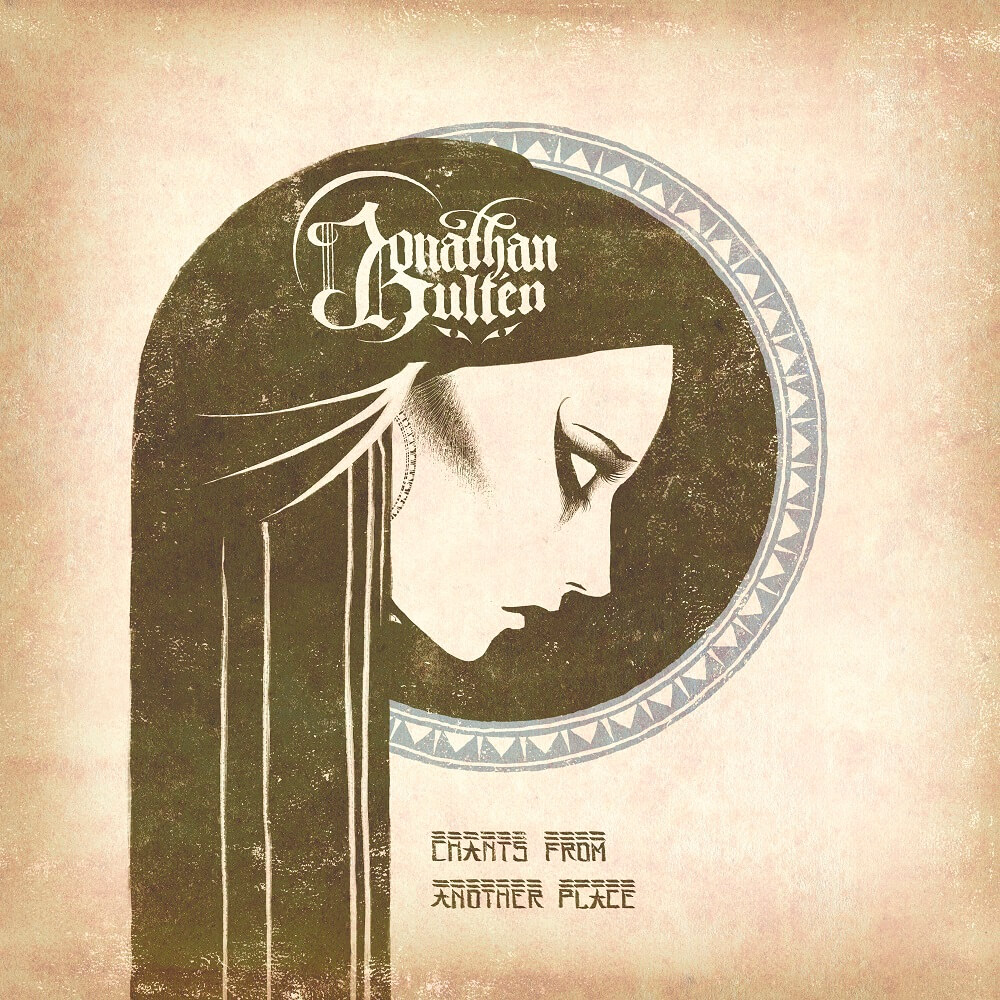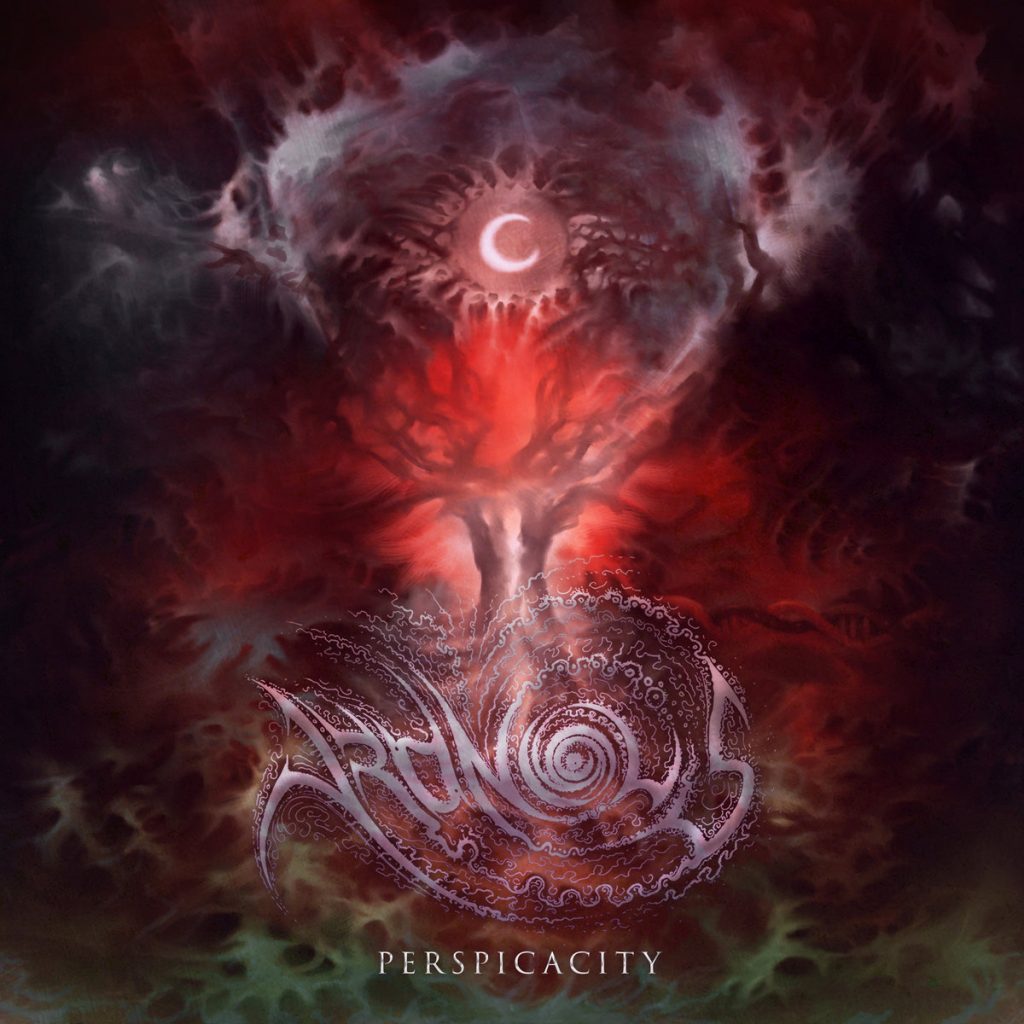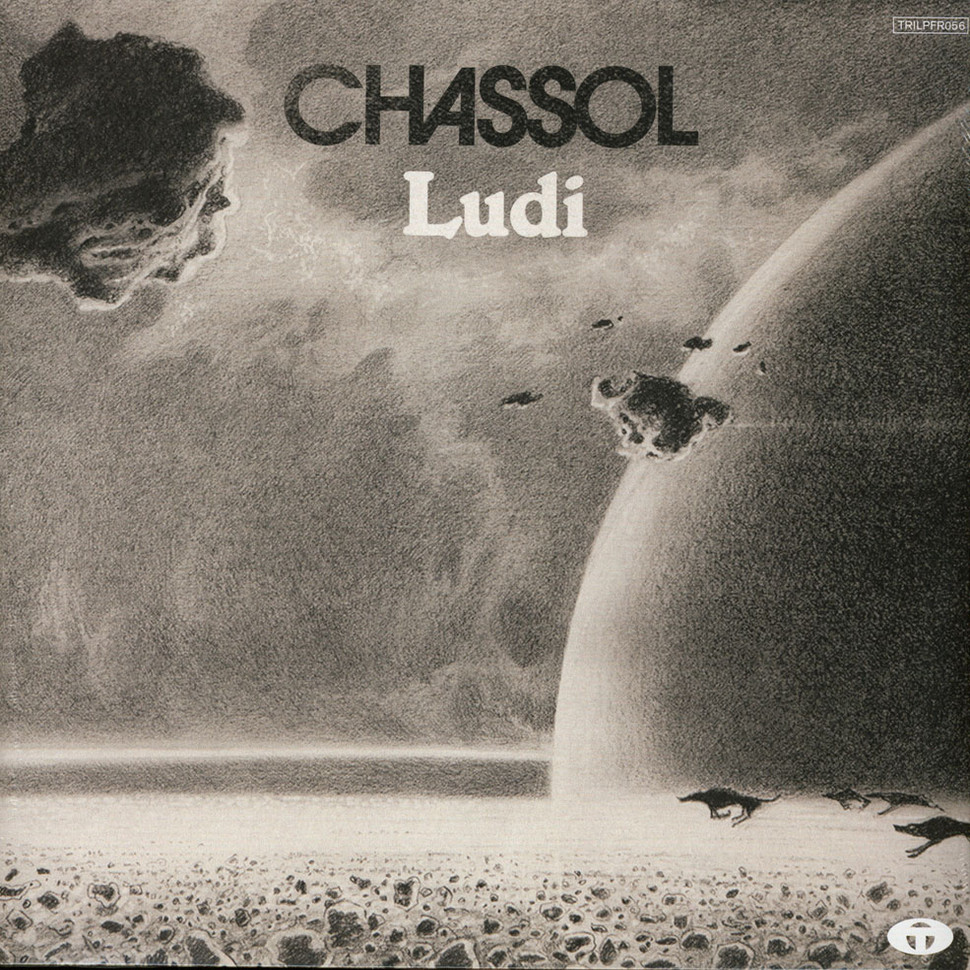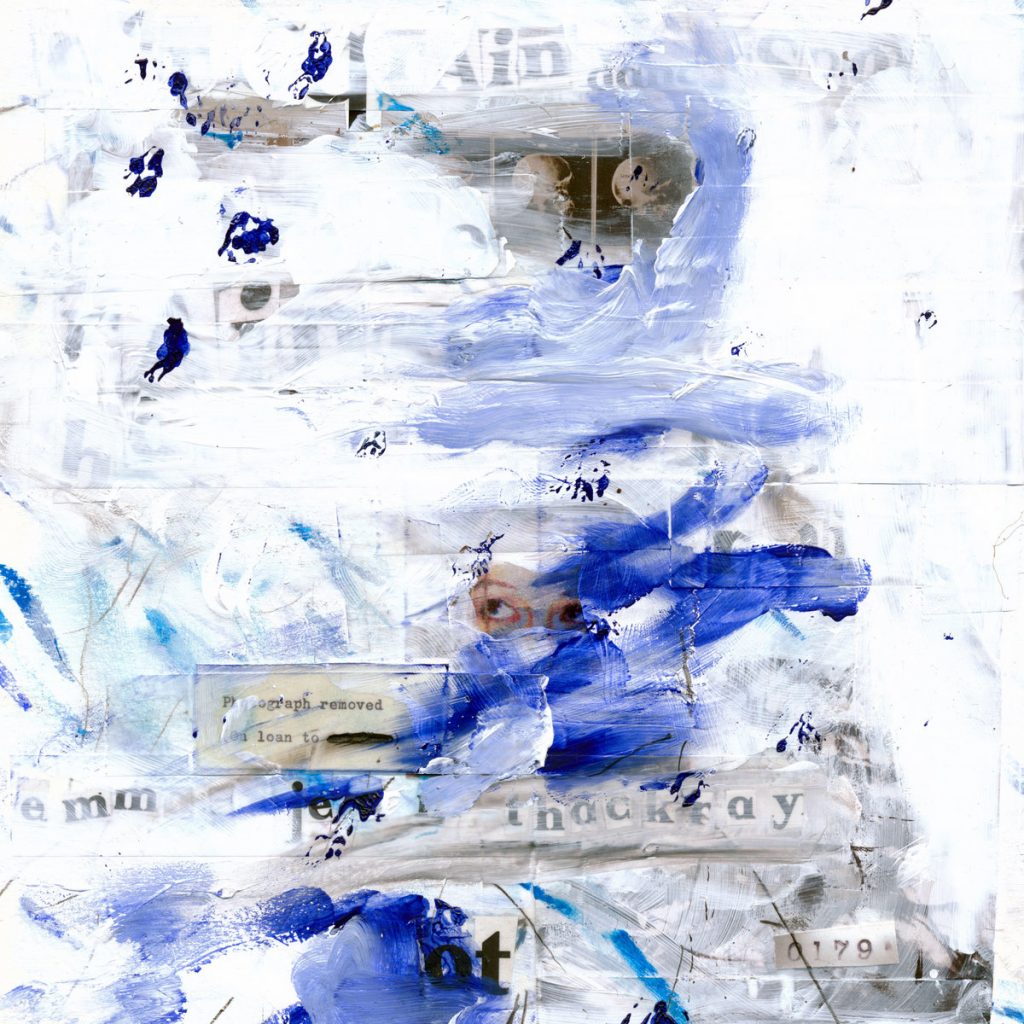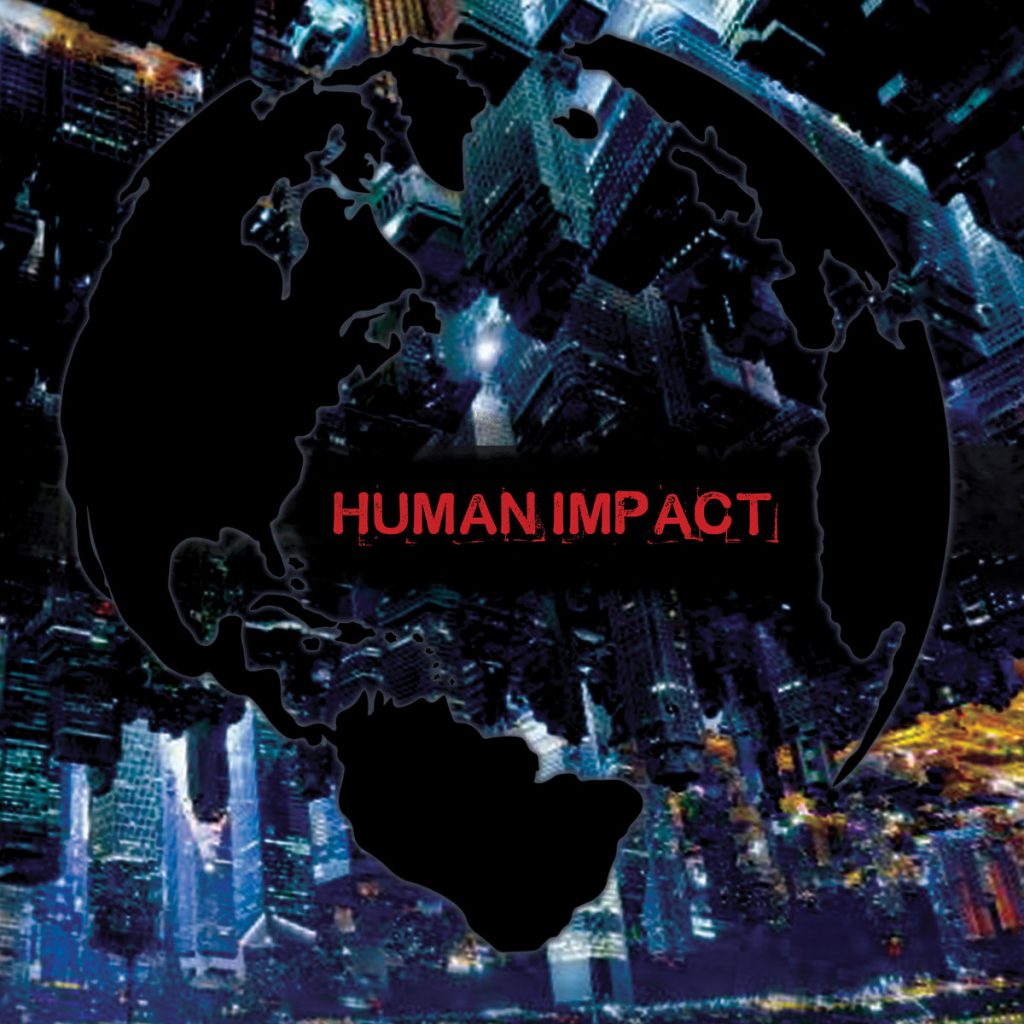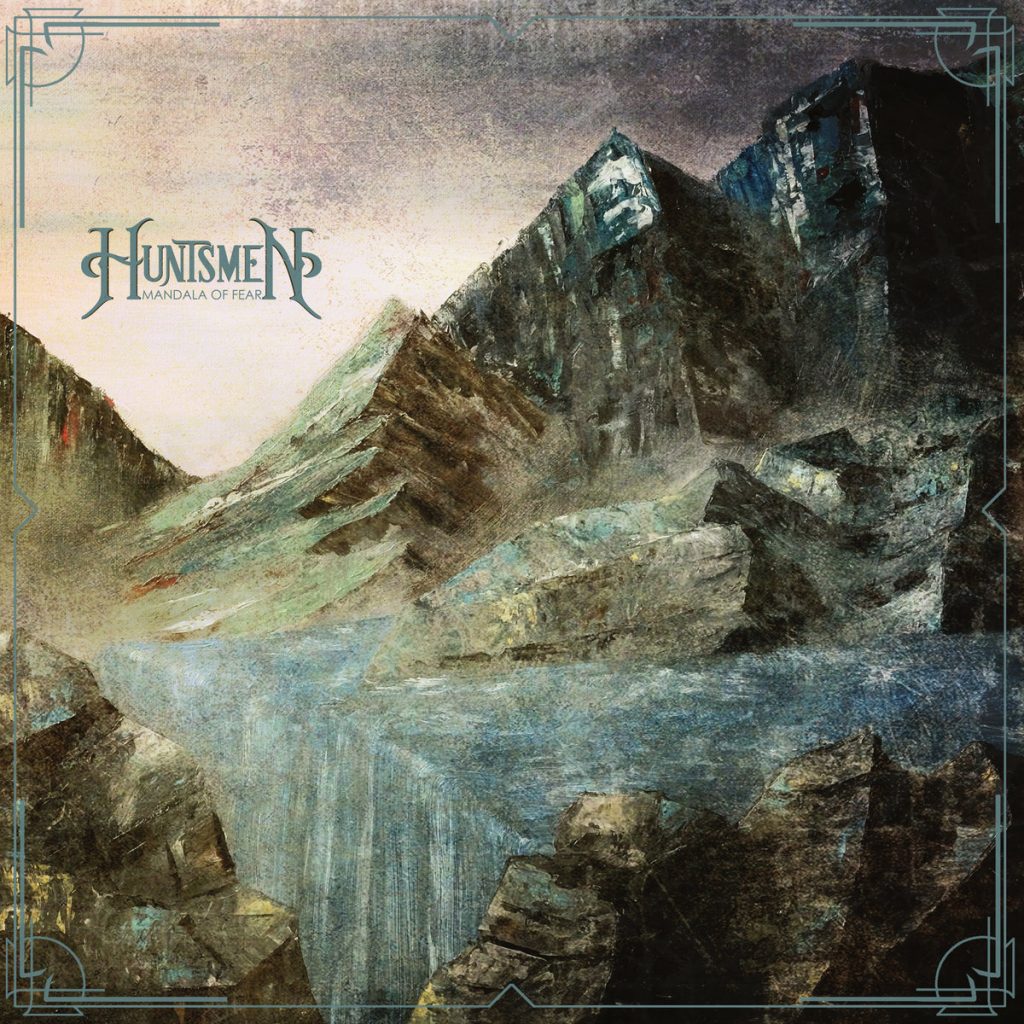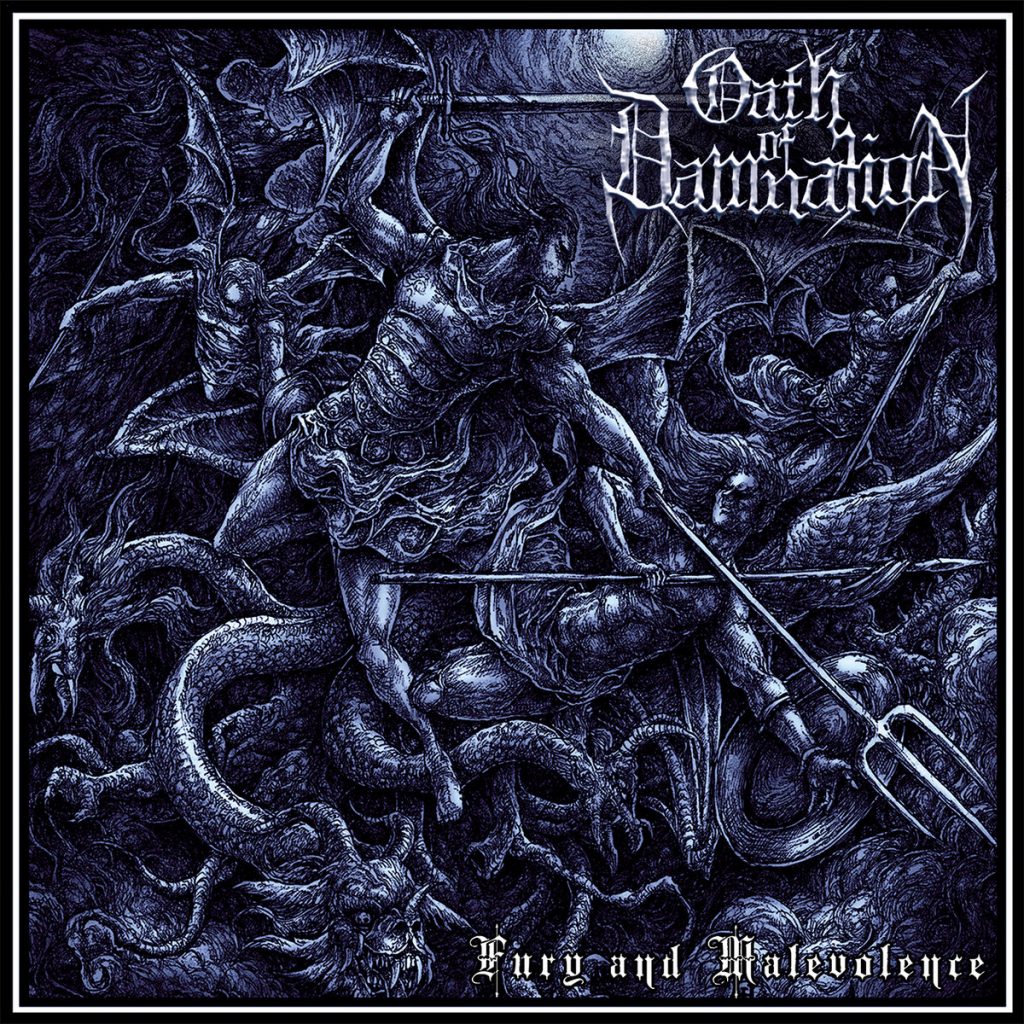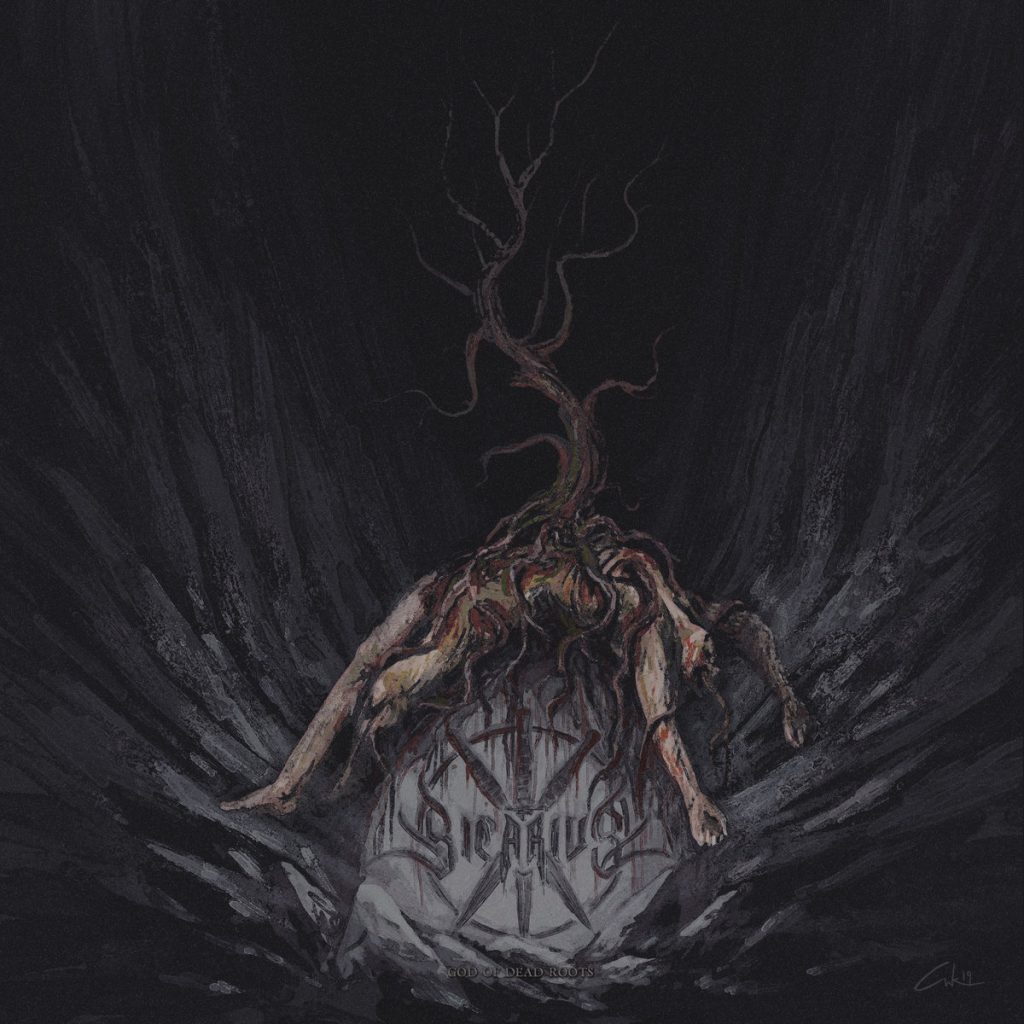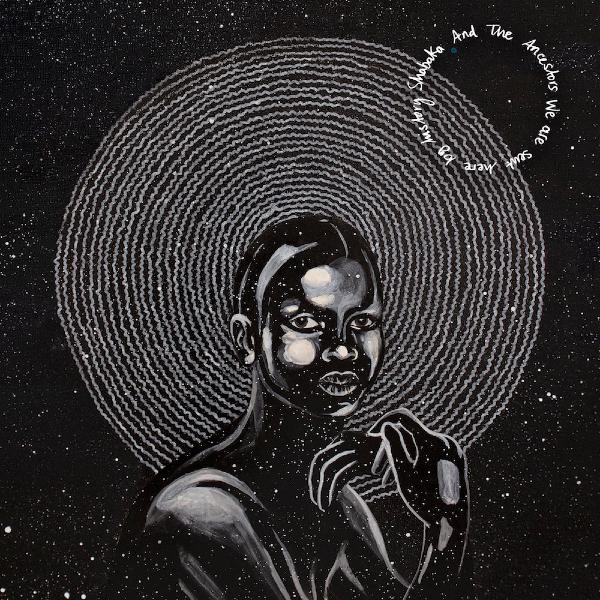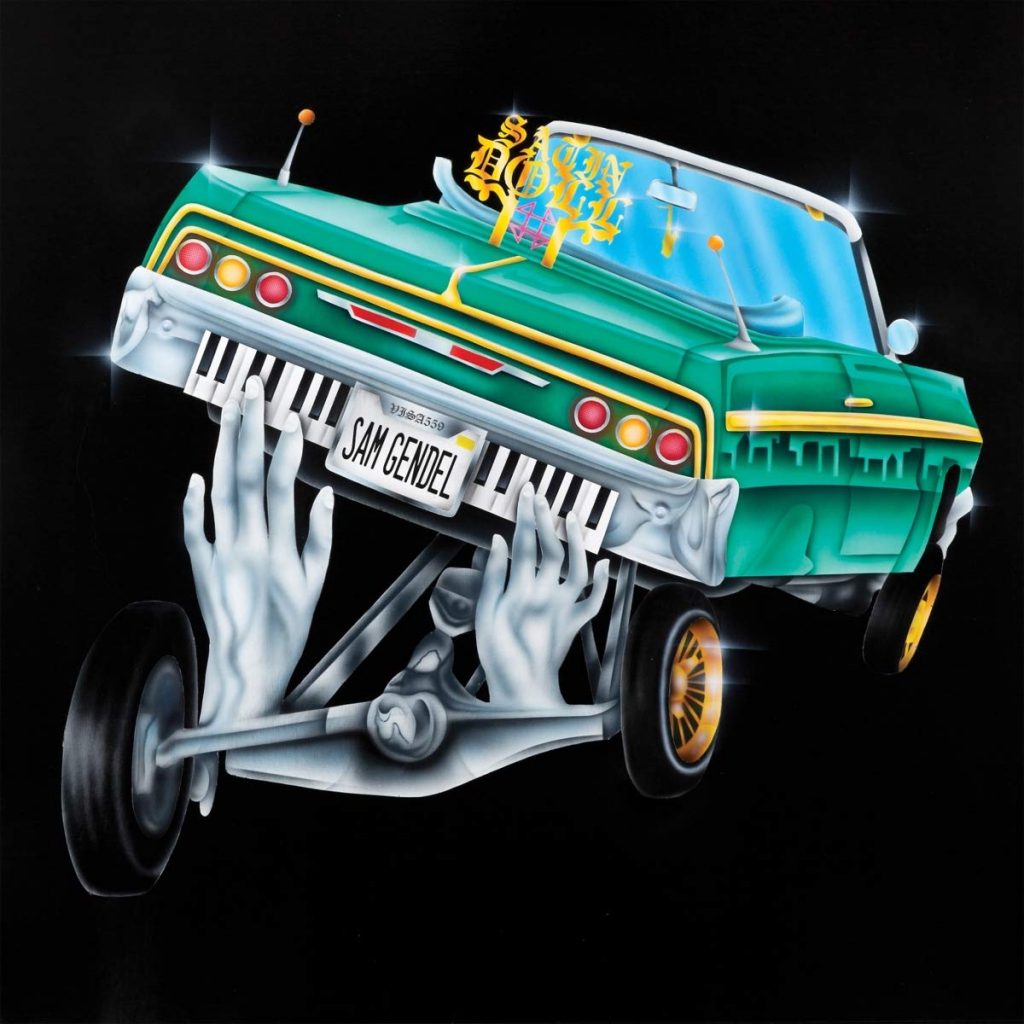I’m a few days later than usual with this one because there were so many albums to review, but it’s worth the wait! Lots of good stuff here. And now that most (all?) of you are confined to your homes, you hopefully have extra time to listen to some new music. I hope everyone out there is staying safe and being smart.
Picks of the Week
Metal
Lychgate – Also sprach Futura — 9.2
RnB / Soul
Charlotte Dos Santos – Harvest Time — 9
Jazz
Al Di Meola – Across the Universe — 9
Folk Rock
Jonathan Hultén – Chants from Another Place — 8.9
METAL
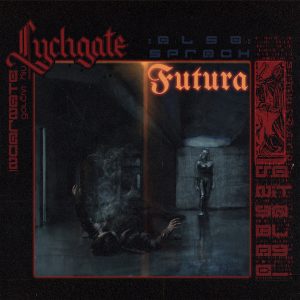
Lychgate – Also sprach Futura – EP Lychgate is a boldly avant-garde black/doom/death metal band from London. Their heavy use of organ is what most obviously sets them apart from similar bands, as it’s an instrument typically only used in funeral doom. This is some weird, freaky, evil, menacing metal, and I love it. Lychgate’s progressive song structures have them shifting between whirlwinds of spiraling, thorny riffs, creepy, clean guitar textures, lurching doom sections, furious blast beats, organ playing that is both traditional and unconventional, death growls, and howling screams. It’s a wild 20 minutes that is terrifying and majestic, melodic and dissonant, and pretty incredible. — 9.2/10
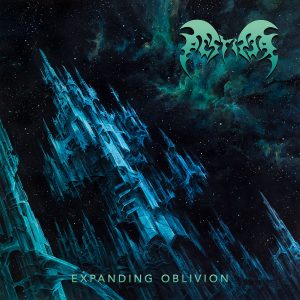
Pestifer – Expanding Oblivion Pestifer play prog-thrash-death metal a la Voivod, Pestilence, and Gorod. The low, growled vocals don’t really stand out, but they do their job, and honestly, it’s the least important thing to be noteworthy. There’s some tasty fretless bass playing, but this is not the style of futuristic jazz fusion metal played by current tech-death bands (Obscura, Beyond Creation, etc.). The style and production are much more in line with, say, Death’s Individual Thought Patterns, but with blast beats. The riffs are pretty rad, and there’s some really great guitar/bass interplay. Ultimately, Pestifer is not necessarily at the cutting edge of metal, but their take on a more “classic” style of my favorite metal subgenre is very well done. — 8/10
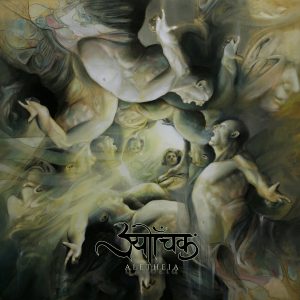
Sutrah – Aletheia – EP Sutrah’s first album, Dunes (reviewed here, when I discovered it, 3 years late…), was a high bar to set for a debut. Aletheia is a 28 minute suite in 4 parts. I’m just going to go track by track here.
1) Melodic, spacey intro with guitar swells that is ultimately a bit boring and too drawn out, with not enough harmonic variation. Blast beats enter at the end, trying to save the instrumental intro, but the monotonous chord progression is already too old to be saved. I usually don’t care much for these kinds of intros.
2) This is the first real song, and it’s much more interesting. Furious blasting keeps the energy high, while mournful and somber-sounding guitar progressions are played extremely aggressively and fast, which is pretty cool. Some angry Viking-type melodic shouting enters, and by the last couple minutes, we’re really cookin’ as the intensity rises.
3) Another soft interlude… It’s better than intro, but not great.
4) The previous instrumental interlude continues into the final 15+ minute track, with weird pitch shifting chords. For being only 28 minutes, this EP has too many stretched out soft parts. Finally, 3 mins in, it gets more intense and interesting. The next 13 minutes are rad as hell. Unexpected rhythmic shifts and breaks, singing bowls, tech-death polyphonic fretboard figure-skating, a little doom, prog-death melodicism, and weird, howling vocals at the end.
SO… this band is awesome, but I could do without tracks 1 and 3 here. I’ll probably skip them on future listens. I get that it’s a larger piece of music, and it makes sense to stretch things out and have more dynamic contour, but the soft parts just aren’t harmonically interesting enough for me when I know what they’re capable of. Bottom line, listen to Dunes first, and if you still want more, listen to this, bearing in mind that tracks 2 and 4 (which is over half the EP) are the only real songs. — 8/10
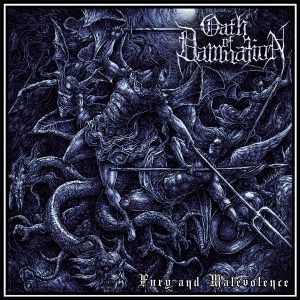
Oath of Damnation – Fury and Malevolence Oath of Damnation packs a lot of surprises into 36 minutes. They switch up styles frequently, but the attack is always furious. There’s a pervading sinister atmosphere, and when it gets melodic, I hear the influence of 90s black metal like Emperor and old Dimmu Borgir. But there are also a lot of brutal and guttural aspects reminiscent of death metal like Deicide, and Nile. I wouldn’t call it tech-death, but it almost gets there, at times, as far as speed and complexity. There’s a little bit of thrash, and some neo-classical sweep pick shredding for good measure. The dramatic church organ, synth strings, and certain minor chord progressions are sometimes a little funny among the more brutal stuff, but they manage to never end a song on a weak note. There’s some really cool, more modern death metal sounding, low register fret-dancing, and occasional prog flourishes. The individual genres represented on this album aren’t all ones I give a lot of time to, but Oath of Damnation’s use of style variation within their songs really works to their advantage. Some bands jump around stylistically and it’s too disjointed, but that isn’t the case here. — 7.8/10

Sicarius – God of Dead Roots Sicarius play vicious black metal that’s raw, and not under- or over-produced. The riffs are traditional, but the vocals are more throaty and shouty than the typical black metal rasp. It suits the band well, giving the impression of an unhinged madman, frothing at the mouth. The energy is high, and the riffs are good, but there’s not much variation or pushing of any boundaries. At 56 minutes, it ends up being a little monotonous. 40 minutes would have probably been enough. — 7.5/10
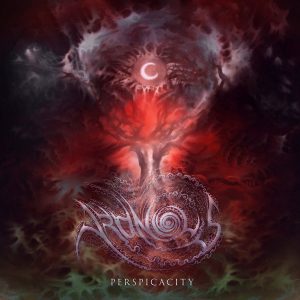
Aronious – Perspicacity Aronious play virtuosic, brutal, technical death metal, with a mix of melodicism and some dissonance. It’s expertly executed, and well written, but it also kind of lacks hooks (and this genre of metal can have hooks). The notes just fly on by and I don’t really remember what I heard. If you just can’t get enough of tech death, you’ll probably eat this up. For me, with the tech-death field becoming more and more crowded, this just doesn’t quite stand out enough to demand more listens from me. It’s good, even really good. But there are so many good and really good metal bands now, that it takes even more to really get my attention. — 7.5/10
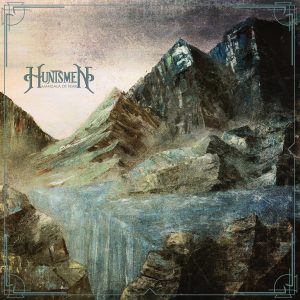
Huntsmen – Mandala of Fear Huntsmen are all over the place. I had to take individual track notes on this one because it jumps around so much–and the album is 78 minutes long. (Their first album, which I haven’t listened to, is a lean 41 minutes.) Looks like they needed an editor with this one. If this album was cut down to the best 45 minutes, it would be so much better; there is a lot of really cool stuff going on here, but also a lot that falls flat. Namely, there are some mediocre riffs and instrumental sections that last too long.
To start, here are all the band names I wrote down while listening to these 13 tracks: Hammers of Misfortune, Yes, Cave In, Mastodon, Led Zeppelin, Soundgarden, Tool, Fleet Foxes, Neurosis, Alice in Chains, Torche (except Huntsmen are not nearly as good as any of these bands). Add to that the genre names I noted: prog rock, trad metal, sludge, southern sludge, shoegaze, post-hardcore, metalcore, noise rock, black metal, rock, country. Yea…what to do with that?
It actually sounds like tracks 3 to 6 are the weak spot of the album (if you can call that a “spot”). Removing that 25 minutes or so would make this a great album. As it stands now, it’s just a good album that goes on for way too long. At least the second half is better than the first. — 7/10
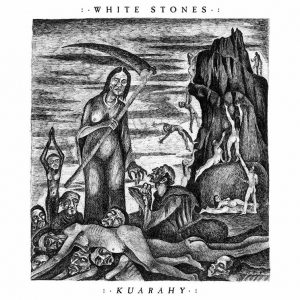
White Stones – Kuarahy White Stones is a new band led by Opeth bassist Martín Mendéz. I just read a Loudwire article about this release, and Mendéz said, “When it comes to me writing death metal for White Stones, it’s the style of metal I like the most. I’ve loved Morbid Angel since I was a kid- death metal is inside me. White Stones is nothing to do with Opeth, I see no relation between the two.” Really, dude?! Aside from the guitar tone, which is noticeably a slightly overdriven Stratocaster sound, versus a more typical heavy distortion, there’s a whole lot here that sounds very much like Opeth. And nothing sounds like Morbid Angel or any other 90s death metal. The first big riff on the album sounded more like Voivod, and I thought I was in for something different than what I got. That riff must have been just a coincidence, because nothing else made me think of Voivod. I guess you could call this death metal because the vocals are mostly low growls, but the riffs and drum parts just sound like Still Life / Blackwater Park-era Opeth riffs, except not nearly as good. There are blast beats underneath some guitar parts that wouldn’t typically be matched with blasts, so that’s pretty cool. But it’s not enough to keep the album from sounding too derivative, and it gets old by the second half. — 6.8/10
RnB / Soul
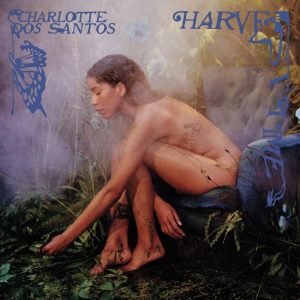
Charlotte Dos Santos – Harvest Time – EP This is so good. Piano, harp, strings, brass, woodwinds, world percussion, and programmed beats of different eras are scattered across this 5 song, 18 minute EP from an artist I am happy to have discovered. Dos Santos is an incredible singer. Her tone is smooth and soulful, and she displays impressive dexterity as she flows through jazzy vocal lines, dances over slow grooves, and even raps a little. There is a great deal of beauty in the vocal harmonies, and in the dynamic orchestration’s rich textures. There’s even a gorgeous, pastoral, orchestral prelude to the final track. The clearest reference points would be Esperanza Spaulding, Laura Mvula (you should really check her out if you’re not familiar), and Erykah Badu, but there’s also some Bjork and Joanna Newsome energy. Highly recommended. — 9/10
>>>LISTEN<<< (Spotify link)
JAZZ

Al Di Meola – Across the Universe Could you guess it by the title? Guitar hero Al Di Meola has released the ultimate jazz fusion-ified Beatles tribute album. This is overplaying and overt complexity at its best. Di Meola basically took some of the best (well, some of my favorite, at least. We don’t need to get into that debate) songs from the Beatles catalog, and just went to town with them, using every trick in the book. Rhythms are played around with, feels shift (before opener “Here Comes the Sun” is even a minute in, it shifts from 4/4 to 12/8), chord progressions are reharmonized left and right, and sections are stretched out for soloing. There are a lot of unique juxtapositions created, such as the mix of Spanish guitar flourishes and eastern (hemisphere) percussion in “Mother Nature’s Son” and “Strawberry Fields Forever,” the flamenco plus melodica solo of “Julia,” and the dramatic trumpet solo in “I’ll Follow the Sun.” Other highlights include “Golden Slumbers Medley,” “Dear Prudence,” and “Norweigian Wood.”
Additionally, I appreciate the care and preciseness of the mix. There are occasionally panning effects that clearly pay tribute to the way the Beatles’ stereo mixes were often very “separated,” but it still sounds really grand and exotic at the same time. I suppose some people who are too cool for nerdy stuff like this might scoff at the indulgence of it all, but I think this is fantastic. — 9/10
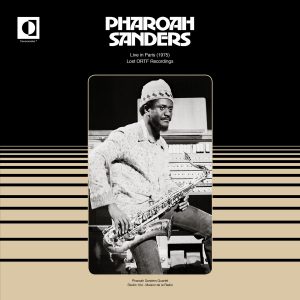
Pharoah Sanders – Live in Paris (1975) A beautiful, spiritual jazz performance by one of the masters. Subdued, in comparison to the levels of intensity that Sanders is typically known for. — 9/10

Sam Gendel – Satin Doll Sam Gendel joins other trailblazing artists such as Makaya McCraven and Kassa Overall at the cutting edge of jazz. This set of classic standards (“Afro Blue,” the title track, “Freddie Freeloader,” and “In a Sentimental Mood”) is anything but traditional. Some might even say, “This is jazz?!” Yes, it is. Gendel coats his tenor sax in pitch-shifting effects, and the drums are entirely electronic, but not programmed. The album sounds more like experimental electronic music than anything else, despite the sax and clearly-jazz-based melodies and chord changes. It’s fascinating and refreshing. Creativity knows no boundaries among the next generation of jazz musicians, and Sam Gendel is proof. — 8.8/10

Emma-Jean Thackray – Rain Dance – EP The wealth of fantastic, forward-thinking, young jazz musicians releasing music lately continues to flow. Composer, producer, multi-instrumentalist, singer, bandleader and DJ Emma-Jean Thackray blurs the lines of jazz, hip hop, electronic, RnB, and psychedelic. Chill electric piano, delay-soaked trumpet, female singing and spoken word, head-nodding bass and tuba lines, J Dilla-inspired grooves, fiery drumming, and booty-shaking beats fill up the 16 minutes of this 4 song EP. It’s short and sweet, but I want more! — 8.5/10

Snarky Puppy – Live At The Royal Albert Hall Snarky Puppy is basically like an updated version of the jazz big band concept. They combine elements of jazz, funk, fusion, electronic, rock, and world, and bring A LOT of energy and instrumental chops with their huge, rotating cast of band members. I don’t know their catalog super well, but I think this live album would be as good a place as any to start exploring the band. (Though, it is 99 minutes long.) It’s exciting, dynamic, and powerful from start to finish — 8.5/10
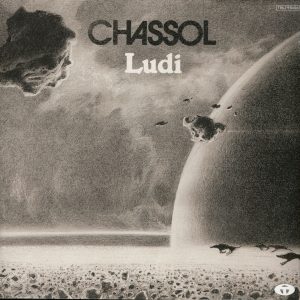
Chassol – Ludi Christophe Chassol is a Paris-based pianist who, according to Apple Music, is a film composer, counts Steve Reich as a key influence, and was a participant in the writing and recording on Frank Ocean’s Blonde. His latest release is a unique mix of jazz fusion, electronic, avant-garde, and spoken word clips. With 30 tracks in 63 minutes, it plays as one large work in 30 movements, as opposed to individual songs. The overall vibe is light-hearted and fun, but it’s also complex. There’s a lot of rhythmic and tempo shifting, and difficult melodic lines performed by a variety of instruments and voices. Some of it is a little reminiscent of Frank Zappa’s jazz fusion 70s material. The tracks with speaking voices (not poetry or intentionally artistic spoken word, just people talking) are the main concept of the album, with the music following precisely along with the rhythms of the speaker, usually looped or cut up in some kind of way. It’s very much like the way The Books use “found sound” clips in some of their music. In the end, it’s a uniquely creative and endearing album. Probably not something I’ll put on a lot, but it has been fun to listen to. — 7.9/10
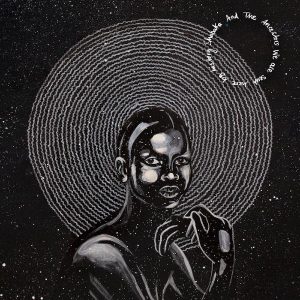
Shabaka and the Ancestors – We Are Sent Here By History Passionate and intense spiritual jazz, fiery Latin jazz grooves, topical slam poetry, Sun Ra Arkestra elements, ambience and textures similar to Miles Davis’ Bitches Brew. The overall vibe is spot on, and the energy is electric. Sometimes it feels a little too drawn out for me, but that also comes with the territory. I want to give this a higher rating, but something is preventing this from sticking its head out from the crowd. There’s so much boundary-pushing jazz coming out nowadays that more traditional styles feel a little less exciting these days. — 7.8/10
FOLK ROCK

Jonathan Hultén – Chants from Another Place Jonathan Hultén is the guitarist for Swedish heavy metal/black metal/psychedelic rock/goth rock band Tribulation. But don’t expect this debut solo full length to sound anything like his main gig. If you can imagine just the acoustic parts of Opeth’s Still Life and Blackwater Park, mixed with Nick Drake and Crosby, Stills and Nash, you’ll have a pretty good idea of the overall sound and vibe. Hultén’s voice is rich, warm, and deep (much like Opeth’s Mikael Åkerfeldt), and the harmonies are both wide and dense. A lot of the songs are very majestic, but some are less dramatic and more upbeat.
“Next Big Day,” the track that has been stuck in my head for a week, has even a little “rock snarl” in Hultén’s lead vocal, and is much more major sounding (some parts made me think of Bad Religion) than all the moody songs. It could have come off as kind of cheesy, but it’s just so good! The harmonies are magical and Hultén sings with such genuine, honest passion. The arrangement is bare bones, which just stomping and clapping for percussion, one acoustic guitar, and a few vocal tracks. Gradually, low, buzzing synths start creeping in, which is pretty cool and unexpected.
Other tracks have a more filled out arrangement, with typical classic/prog/folk rock instrumentation. Overall, it’s a gorgeous album that really caught me by surprise. I definitely wouldn’t have expected to like “Tribulation’s guitarist’s acoustic solo album” as much as I do. — 8.9/10
NOISE ROCK
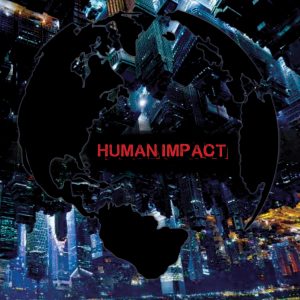
Human Impact – Human Impact Hey, look, it’s a good supergroup! (And on Ipecac Records, no less.) Human Impact features members of Unsane (vocals/guitar), Swans (bass), and Cop Shoot Cop (drums, electronics) —all longtime members of the NYC noise rock scene. Before learning that it was actually Chris Spencer of Unsane, I immediately thought, this sounds a lot like Unsane! So it doesn’t stray far from that sound, but it’s not as pummeling. The bits of electronics, and weird guitar effects are a cool addition to Spencer’s distinct writing, and the variety of textures surrounding the thick bass riffs keeps things interesting. In the end, it’s not as viscerally satisfying as Unsane, but that band had a good long run, and I completely understand Spencer’s desire to try something new. He picked a great set of partners to start a new chapter with. — 8/10
INDIE ROCK
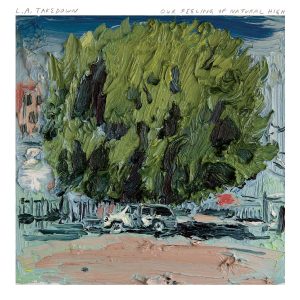
L.A. Takedown – Our Feeling of Natural High L.A Takedown is a mostly instrumental, indie rock project that bears some resemblance to Tycho and Tristeza. There are lots of bright, delay-soaked (there’s that word again!), clean guitar melodies over, simple, steady rock beats. This is the general vibe, though a few other elements come in to play at various points. A little bit of “happy” metal guitar leads (a la The F’ing Champs) show up, as do some vocoder vocals, warm, swelling synths, and a Beatles-esque melody in the final track. It’s uninvasive, chill, background music, but not particularly engaging when I’m looking for something to really listen to . — 7/10
